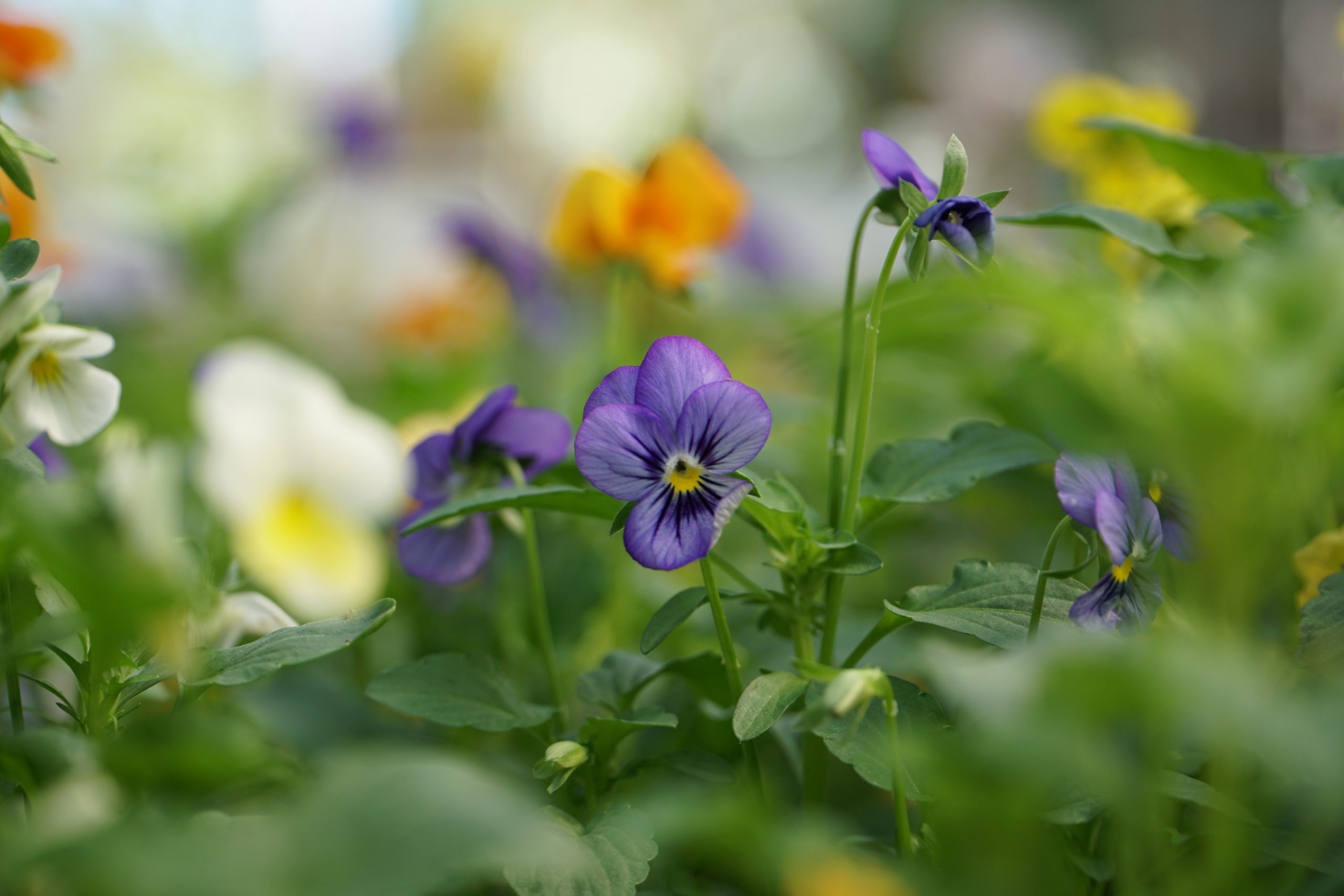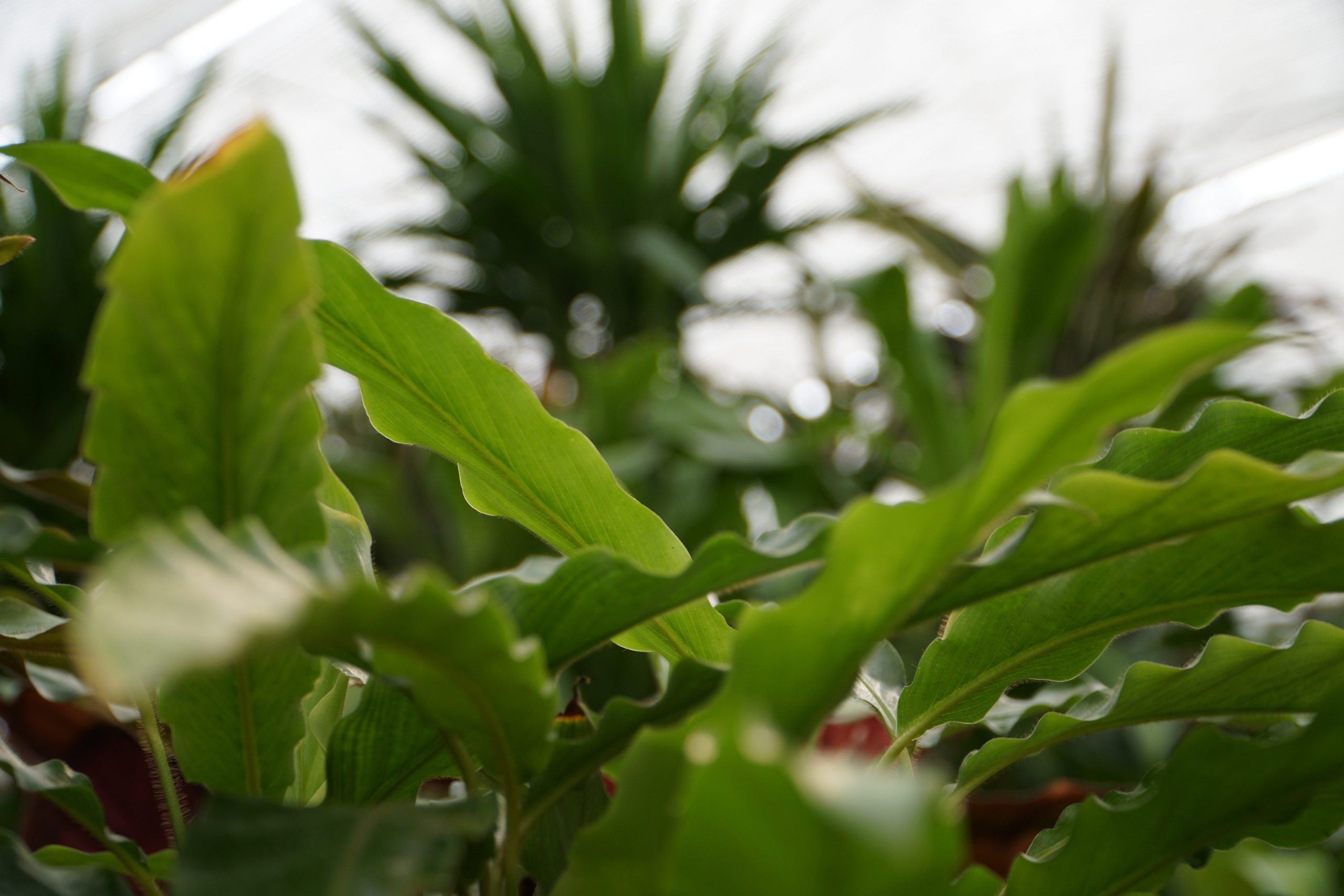

Discover all
Types
Cupressus, Cypress, is a genus of plants in the Cupressaceae family (cypresses in the broadest sense) including trees of considerable size, up to 50 meters tall, with generally tapered, highly branched pyramid-shaped crown, and cylindrical branches with numerous leaves.
Evergreen trees with leaves reduced to scales, closely packed together or spread apart at the apex, depending on the species. The color of the leaves is very dark in the cypress common in Italy (Cupressus sempervirens), but in other species it is lighter and even blue-green (Cupressus Arizonica).
Cupressus, Cypress, is a genus of plants in the Cupressaceae family (cypresses in the broadest sense) including trees of considerable size, up to 50 meters tall, with generally tapered, highly branched pyramid-shaped crown, and cylindrical branches with numerous leaves.
Evergreen trees with leaves reduced to scales, closely packed together or spread apart at the apex, depending on the species. The color of the leaves is very dark in the cypress common in Italy (Cupressus sempervirens), but in other species it is lighter and even blue-green (Cupressus Arizonica).
Western thuja (Thuja occidentalis) is a species of the Thuja genus, a conifer of the Cupressaceae family native to North America.
It is an evergreen tree with a pyramidal crown, fibrous red-brownish or greyish bark of the branches, slightly flattened twigs, with the upper face different from the lower one, arranged on the same plane to form horizontal fan-shaped structures, ovaloid fruiting bodies , oblong and brownish-red with 6-8 scales with a smooth apex.
Azalea is a plant that belongs to the Rhododendron genus, it grows spontaneously in the high mountains in the presence of humidity, near watercourses and we can also find it at altitudes above four thousand meters. The azalea originates in Asia, North America and Northern Europe.
Shrubs both indoors, in particular as bonsai, and outdoors with small, dark green, oval, hairy and leathery leaves. They can be deciduous or evergreen.
Hardy and resistant to cold, with deciduous leaves, with rich summer flowering with white, pink, purple and lilac flowers, also cultivated as saplings, they are widely used as ornamental plants in gardens and in pots on terraces, as isolated saplings or for making of flowering hedges.
The shrub is rustic and with a very branched habit, it has oval-shaped leaves and dark green color, with toothed or three-lobed margins. It can grow up to 3 meters in height.
In the period from July to October it produces flowers about 7-8 centimeters wide with shades ranging from white to purple.
The rose, of the Rosaceae family, is a genus that includes about 150 species, numerous varieties with infinite hybrids and cultivars, native to Europe and Asia, of variable height from 20 cm to several meters , includes bushy, sarmentose, climbers, creeping, shrubs and small trees with large or small flowers and bunches.
Mostly used as a ornamental plant in gardens, for spots of color, borders, small trees, the sarmentose or climbers to cover pergolas, trellises or fences, the dwarf species with bright and with prolonged blooms for cultivation in pots on terraces or in rock gardens.
Pruning of plants is very important for good flowering.
The re-flowering varieties not intended for forcing are pruned at the end of winter or early spring, removing the old branches and shortening the new ones, leaving 2 to 6 buds per branch depending on the vigor and variety, generally energetic pruning favors flowering at exclusion of very vigorous varieties for which the opposite rule applies.